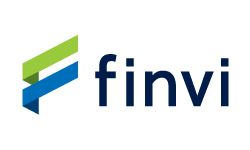Source: site

Key Features of the New Guidelines
-
Bank examinations will now concentrate on risks that could threaten a bank’s soundness, such as loan quality and business practices, rather than detailed procedural compliance.
-
Banks can self-certify on certain risk and supervision issues, reducing check-the-box compliance requirements.
-
The guidelines will streamline supervision by eliminating duplication between different regulatory bodies and allowing for more deference to other regulators like the OCC and state agencies.
-
Regulatory staffing at the Fed has also been reduced by about 30% through attrition.
Industry Response
-
Industry trade groups and leaders have welcomed the new guidelines, noting they “sharpen the central bank’s focus” and allow for a more effective, accountable, and fair supervisory framework.
-
Greg Baer, CEO of the Bank Policy Institute, praised the move: “Banks are most resilient when their examiners prioritize material financial risks, not check-the-box compliance exercises”.
-
The banking industry has long advocated for these reforms, especially after the trend of regulatory rollbacks since President Trump took office.
Criticism and Concerns
-
The changes have received criticism from former Fed officials, especially concerning potential weakening of oversight and reduced ability of supervisors to react quickly to emerging risks due to staff cuts.
-
Michael Barr, former vice chair for supervision, warned the changes could make it harder for examiners to act before excessive risk builds up, potentially compromising the resilience of the banking system.
Overall, while the new supervisory guidelines have been hailed by banking leaders as a positive regulatory shift, some experts caution that reduced oversight and staff cuts could elevate future financial system risks.




